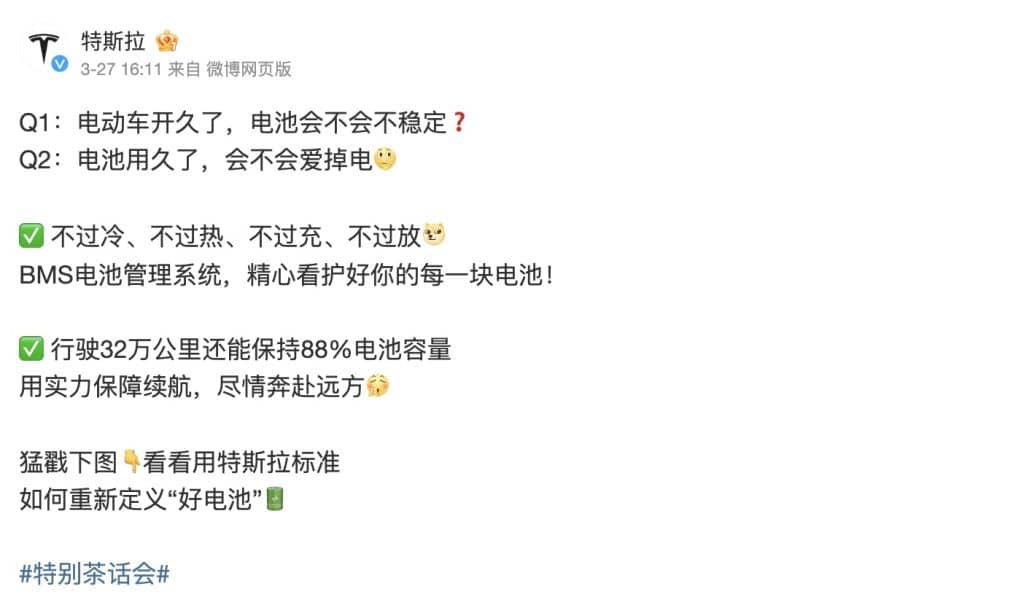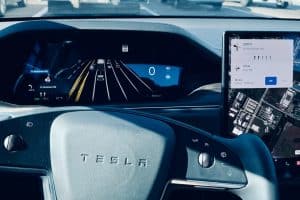- 🔋 Tesla China emphasizes the longevity of its vehicles’ battery technology.
- 📊 The battery management system (BMS) ensures safe and efficient battery performance, preventing overcharging and overdischarging.
- 📉 Despite high mileage, Tesla’s Model S reportedly experiences only a 12% battery capacity loss after 200,000 miles of driving.
- 🔄 Tesla’s battery technology continues to evolve, with newer vehicles incorporating improved battery form factors and chemistries.
- 🚗 As Tesla’s fleet matures, it will be intriguing to observe the performance of its contemporary battery systems in real-world scenarios.
In the ever-evolving landscape of electric vehicles (EVs), one aspect that remains crucial is battery technology. Tesla, the trailblazer in the EV industry, has been at the forefront of innovation when it comes to battery longevity and efficiency. Let’s delve into Tesla’s battery technology, exploring its longevity, innovations, and what the future holds for EV batteries.

The Longevity Factor: Tesla’s Commitment to Durability
Tesla China has been vocal about the durability of its vehicles’ battery technology. With a focus on longevity, Tesla ensures that its batteries are designed to withstand the rigors of daily use over an extended period. This emphasis on durability instills confidence in consumers, assuring them that their investment in a Tesla vehicle will stand the test of time.
The Role of Battery Management System (BMS)
Central to Tesla’s battery performance is its sophisticated Battery Management System (BMS). This system plays a pivotal role in ensuring the safe and efficient operation of Tesla batteries by preventing issues such as overcharging and overdischarging. By carefully managing the charging and discharging cycles, Tesla’s BMS helps extend the lifespan of its batteries, minimizing degradation over time.
Impressive Mileage: Model S Sets the Standard
One noteworthy example of Tesla’s battery longevity is the Model S, which reportedly experiences only a 12% battery capacity loss after accumulating a staggering 200,000 miles of driving. This remarkable performance showcases the resilience of Tesla’s battery technology, demonstrating its ability to maintain optimal performance even under high-mileage conditions.
Continuous Innovation: Evolving Battery Form Factors
Tesla’s commitment to innovation is evident in its continuous efforts to enhance battery technology. While the Model S may use 18650 cells sourced from Panasonic, newer Tesla vehicles incorporate advanced battery form factors and chemistries. From the 2170 cells produced in Giga Nevada to the revolutionary 4680 cells used in the Cybertruck, Tesla is constantly pushing the boundaries of battery innovation.
Looking Ahead: The Future of Tesla’s Battery Systems
As Tesla’s fleet of vehicles matures, it presents an intriguing opportunity to observe the performance of its contemporary battery systems in real-world scenarios. With each new iteration, Tesla aims to improve efficiency, range, and durability, setting new benchmarks for the EV industry.
Conclusion: A Bright Future for Tesla’s Battery Technology
In conclusion, Tesla’s emphasis on battery longevity and innovation underscores its commitment to delivering high-quality EVs that exceed consumer expectations. As Tesla continues to push the boundaries of battery technology, we can expect to see even more impressive advancements in the years to come, solidifying its position as a leader in the EV market.





